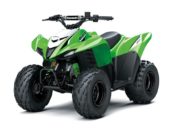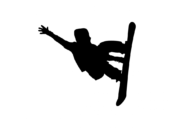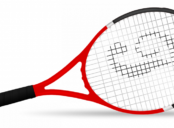Padel Grip: En fördjupande guide
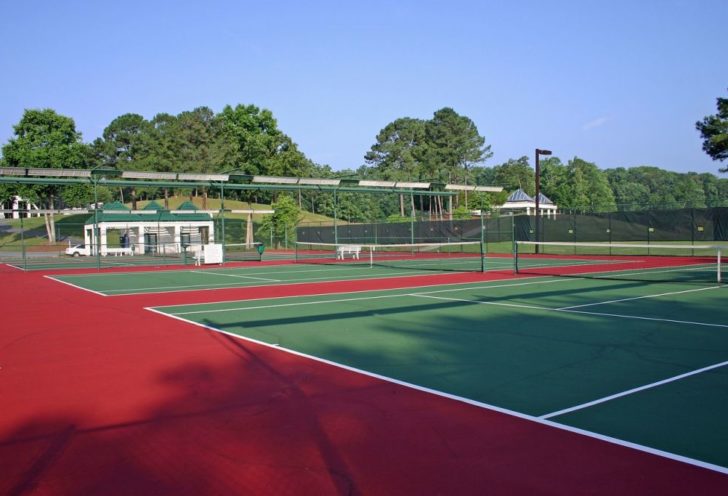
Förstå och välja rätt padel grip
Introduction
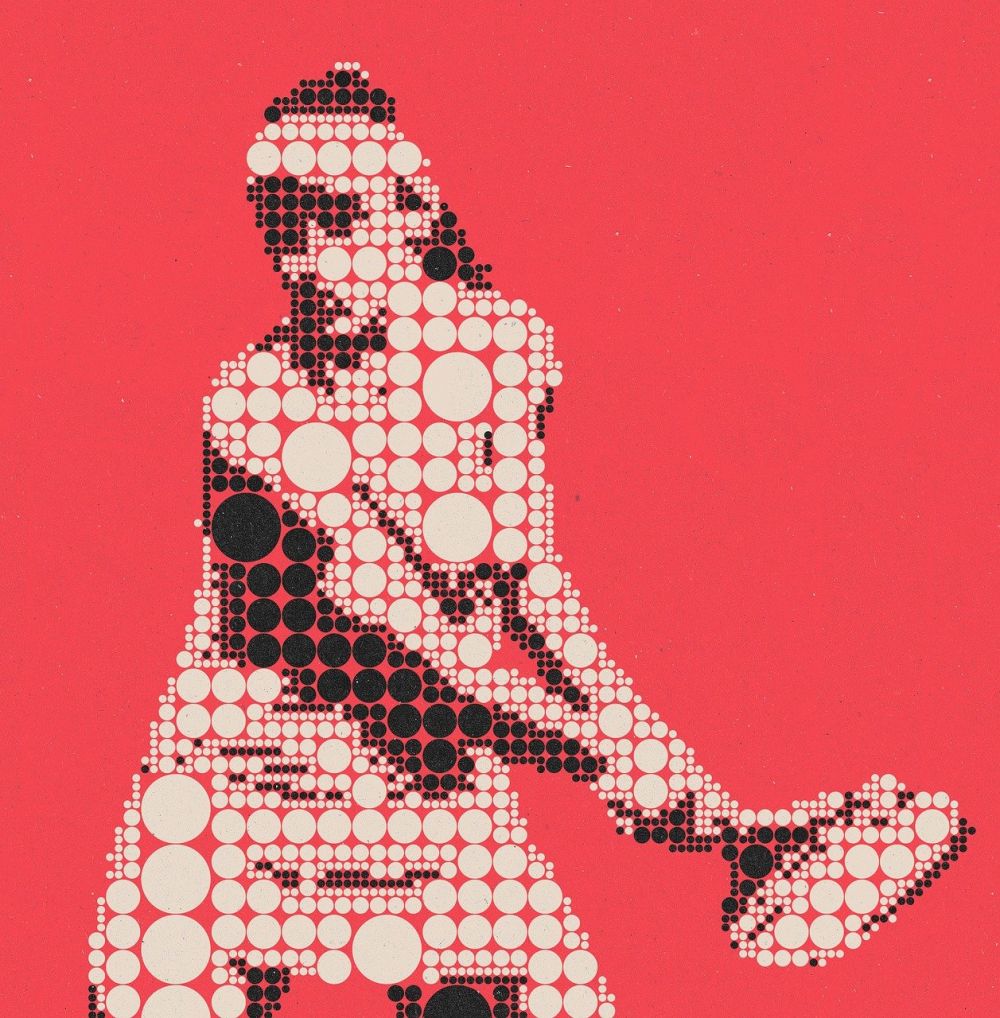
Padel grip, or racquet grip as it is often referred to, is a crucial component in the game of padel. The grip is what connects the player’s hand to the racquet, providing control, stability, and a comfortable feel. In this comprehensive article, we will delve into the world of padel grips, exploring what they are, the different types available, their popularity, and how they differ from one another. Additionally, we will examine the historical journey of padel grips, their advantages, and disadvantages, as well as provide quantitative measurements to aid in your understanding. Whether you are an avid padel player or someone looking to learn more, this guide will equip you with valuable insights to enhance your grip game.
Padel grip: An overview
At its core, a padel grip is a wrapping material that covers the handle of the padel racquet. It serves multiple purposes, including providing a comfortable and firm grip, ensuring optimal control, preventing slipping, and absorbing excess moisture from sweat. The grip is usually made of a combination of synthetic materials such as polyurethane, elastomers, or nylon, which offer excellent durability and grip properties.
The different types of padel grips
Padel grips come in various types, each offering unique characteristics to cater to individual player preferences. Some popular types of grips include:
1. Overgrip: This is a thin, soft layer of grip material that is typically applied over the base grip. Overgrips come in a variety of colors and are designed to provide enhanced comfort, sweat absorption, and extra grip. They are also easily replaceable, allowing players to change them frequently to maintain optimal performance.
2. Base grip: Also known as the replacement grip, the base grip is usually the initial grip that comes with the racquet. It provides the primary cushioning and padding between the player’s hand and the racquet handle.
3. Tacky grip: Tacky grips are designed to offer exceptional grip and control. They have a slightly sticky feel that helps players maintain a secure hold on the racquet even during intense gameplay. Tacky grips are particularly favored by players who prefer a non-slip surface.
4. Perforated grip: Perforated grips feature small holes or perforations throughout the surface, allowing for improved sweat absorption and ventilation. These grips are ideal for players who tend to sweat heavily during matches or play in humid conditions.
Quantitative measurements in padel grip
Quantitative measurements play a crucial role in determining the performance and suitability of a padel grip. Some important measurements to consider include:
1. Thickness: Grip thickness is typically measured in millimeters. Thicker grips provide more cushioning and padding, which can be beneficial for players seeking comfort. Thinner grips, on the other hand, offer a better feel and connectivity with the racquet.
2. Grip circumference: The circumference of a grip refers to its overall size or thickness. Players with larger hands may prefer a grip with a larger circumference, while those with smaller hands may opt for a smaller size. It is essential to find a grip that allows for a comfortable and secure hold.
3. Grip texture: The texture of a padel grip can significantly impact a player’s grip. Grips with a textured surface, such as a pattern or ridges, provide additional traction and prevent slippage.
Understanding the differences in padel grip
While all padel grips share a common goal of providing optimal grip, there are noticeable differences among them. These differences can affect a player’s overall experience and performance on the court. Some key factors that set different padel grips apart include:
1. Material: Padel grips are made using various materials, each offering distinct properties. Some grips feature a softer feel, while others are more firm and durable. It is important to choose a grip material that suits your playing style and comfort preferences.
2. Thickness and cushioning: Grip thickness varies from grip to grip, and this affects the overall feel and comfort. Thicker grips tend to offer more cushioning, while thinner grips provide a closer connection with the racquet.
3. Grip tackiness: Tackiness refers to the stickiness or adhesive quality of a grip. Some players prefer a highly tacky grip that offers maximum grip and control, while others may find it uncomfortable. It is a matter of personal preference and playing style.
Historical overview of padel grip advantages and disadvantages
Padel grips have evolved over time, refining their features and addressing players’ needs. Throughout its history, different grip types have presented their own benefits and drawbacks. Let’s explore some of the notable advantages and disadvantages associated with different padel grips:
1. Overgrips:
Advantages:
– Enhanced comfort and feel.
– Sweat absorption and moisture management.
– Easy to replace and customizable with various colors and designs.
Disadvantages:
– May slightly increase racquet handle diameter.
– Require frequent replacement due to wear.
2. Tacky grips:
Advantages:
– Excellent grip and control.
– Prevent slipping and provide stability.
– Ideal for players with sweaty hands.
Disadvantages:
– Some players may find them too sticky.
– Require occasional cleaning to maintain tackiness.
3. Base grips:
Advantages:
– Provide fundamental cushioning and support.
– Often included with the racquet purchase.
Disadvantages:
– May lack the extra comfort and grip features of specialized grips.
– Wear down over time and need replacement.
Conclusion
In conclusion, the padel grip plays a vital role in a player’s performance and overall experience on the padel court. It provides the necessary connection between the player’s hand and the racquet, offering control, stability, and comfort. By understanding the different types of padel grips, their characteristics, quantitative measurements, and historical advantages and disadvantages, players can make informed decisions when selecting the perfect grip. Whether you prefer the cushioning of an overgrip, the tackiness of a sticky grip, or the basic support of a base grip, finding the right padel grip will undoubtedly enhance your game and enjoyment of this exciting sport.

